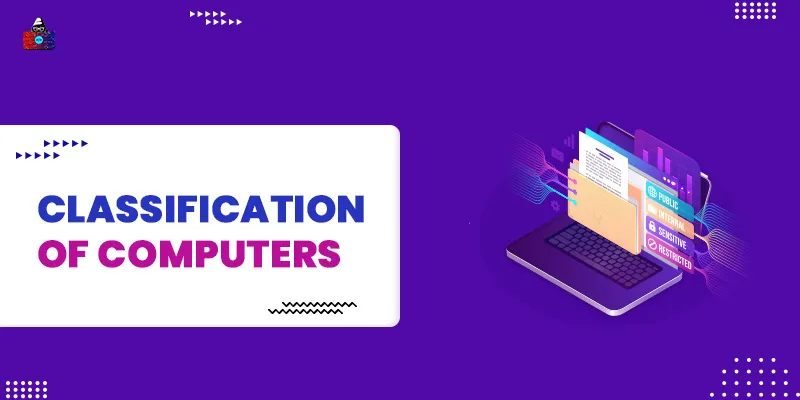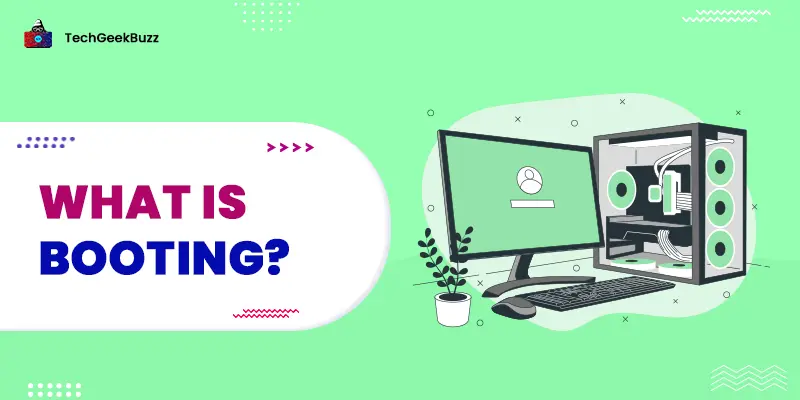A computer is an electronic device that is used for storing and processing data. The full form of COMPUTER is Common Operating Machine Purposely Used for Technological and Educational Research. Not only do those devices consist of a monitor and keyboards are computers, but also the mobile and other devices which can store and process over data known considered as a computer. We can classify computers on three bases:
- Classification of computers According to the Operation of the computer.
- Classification of Computers According to the functionality of the computer.
- Classification of Computers According to the Size of the computer.
According to the operational principle of computers, they are categorized into 3 Categories:
- Analog Computers
- Digital Computers
- Hybrid Computers
Analog Computers
These Days Analog Computers are not in use, as with Analog computers, we are only able to perfume mathematical operations.
Digital Computers
These computers can also be termed as a better version of Analog computers. These computers use binary statements in the form of 0 and 1. When digital computers came into existence, they simply replaced analog computers because the accuracy and reliability of digital computers are far better than Analog computers. These days all the electronic devices you see around you are based on digital computers.
Hybrid Computers
In Hybrid Computers, we use both Digital as well as Analog computers. In these types of computers, the digital part uses the analog segment by converting its process outcome into digital.
According to the functionality, computers are classified into 4 categories
- Servers
- Workstation
- Information Appliances
- Embedded Computers
Servers
These computers are specifically designed to provide an individual or multiple services to the client over a computer network. These computers provide the user with a large amount of storage and use high resources.
Workstation
All the personal computers we use in our day-to-day life come under these types of computers. Workstation computers refer to those computers which are related to an individual user. Only one person can access a computer, for example, personal computers.
Information Appliances
Portable devices such as Mobiles and smartphones come under Information Appliances Computers. These computers are designed to perform some basic tasks such as surfing the internet, music, camera, calculation, etc. These days smartphones can perform more than some basic functions.
Embedded Computers
Embedded computers are small computes embedded in other computers and use computer resources to perform some action or process data. These embedded computers are designed to perform some limited and specific tasks and they totally depend on the main memory of the computer.
According to the Size, computers are classified into 4 Categories
- Micro Computers
- Mini Computers
- Mainframe Computers
- Super Computers
Micro Computer
These are the general computer we use in our day-to-day life. These computers are small in size and low cost, which is basically used to designed to serve a single user. These computers consist of a CPU with input, output, storage, and software units. As these computers are used to serve single users but we can connect multiple microcomputers to form a network of computers so one user can connect and use another microcomputer. Some of the examples of Micro Computers are Personal computers, laptops, netbooks, Tablets, and Smartphones.
Mini Computers
In the early ’60s, Mini computers came in trend with their 3 rd generation. These computers are more expensive than microcomputers because of their better performance and multiple functionalities. Mini Computers are special computers that support 5 to 150 users simultaneously, these computers are not used for general purpose, big organization and corporate companies uses Mini computers so many of their user or employees can work with the same computer simultaneously. These computers come with high storage and performance so they could stand out when multiple users use the same computer at once. These days minicomputers are used by research centers and other industries. PDP 11 and IBM(8000 series) are examples of Mini Computer.
Main Frame Computers
In 1960 the mainframe computers came into existence, and these computers can handle multiple users, with multiple programming, and yet can give high performance. Unlike Microcomputers, we do not use and see Main Frame computers in our day-to-day life, the only high-level organization that deals with high data set use Main Frame Computers for their data processing and other data operations. These computers are simply powerful and used in centralized databases , and mainly focus on the amount of data processing more than the performance. Mainframes computers are always compared with Supercomputers, because of their data and multiple user handling power. CDC 6600 and IBM ES000 series are examples of Main Frame Computers.
Super Computer
Super Computers are the most powerful, fastest, and most expensive Computers on the earth. These computers have a very high processing system that can fetch data and process it in no time. This type of computer is so fast, it can perform trillions of calculations in one second. These computers are made up of thousands of processors can each processor works parallel to others. These computers are so expensive and complex, there is a limited number of Supercomputers on the earth and many countries do not even have a single supercomputer. Supercomputers are mainly used for scientific purposes such as weather forecasting, climate research, molecular research, biological research, nuclear research, and aircraft design. IBM Blue gene and Intel ASCI are examples of Super Computer.
Conclusion
Since the world revolves around computers, it is essential to know the variety of computers that are available out there. In this article, we have discussed different types of computers that are classified based on their operations, functionality, and size. We hope that we have provided you with in-depth insights into the classification of computers. If you have any queries, feel free to post them in the comments section below. People are also reading:


![What is an Assembler? [Definition, Working, & Types]](/media/new_post_images/What_is_Assembler.jpg)
![What is I/O? [Types, Examples, & Methods]](/media/new_post_images/What_is_I_O.webp)
